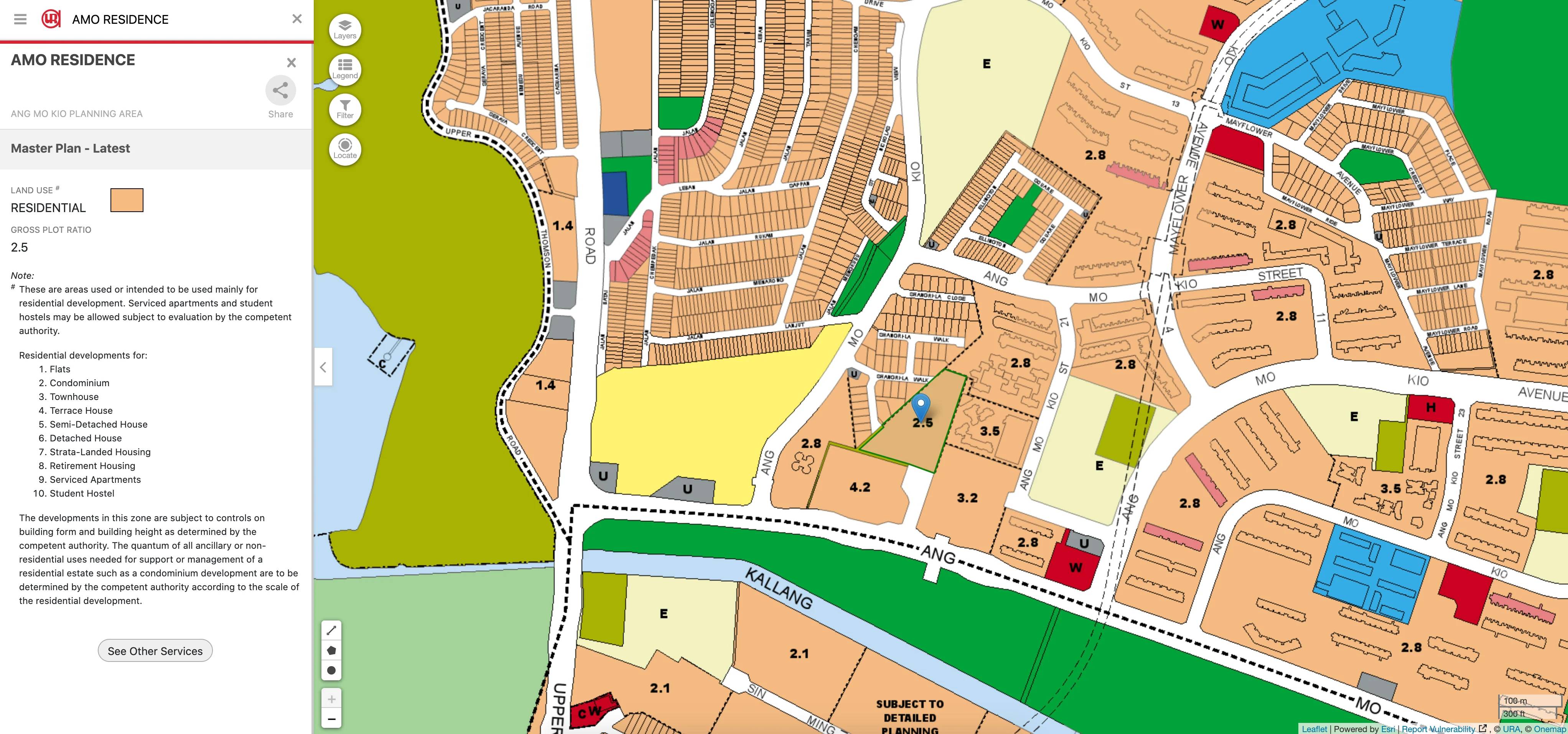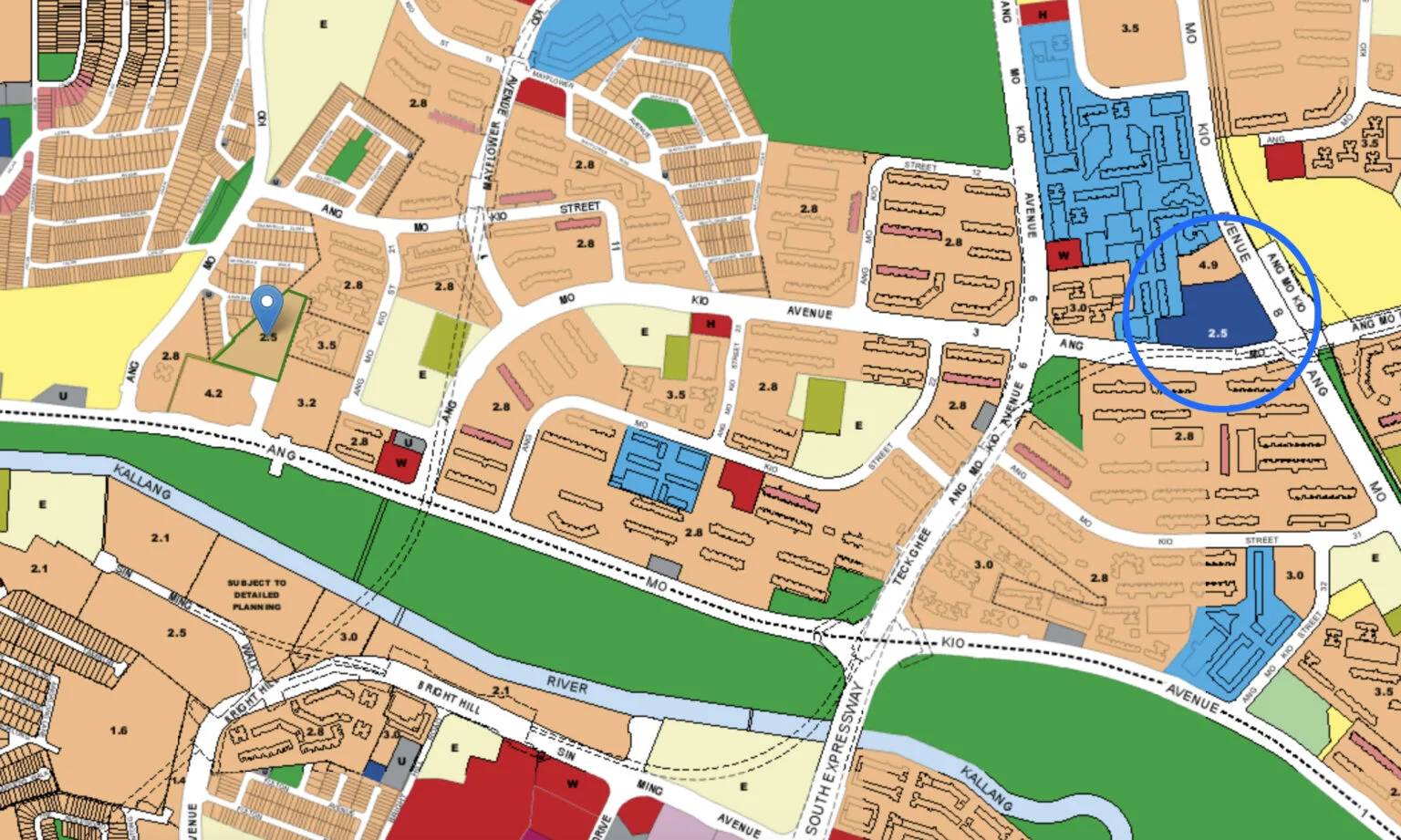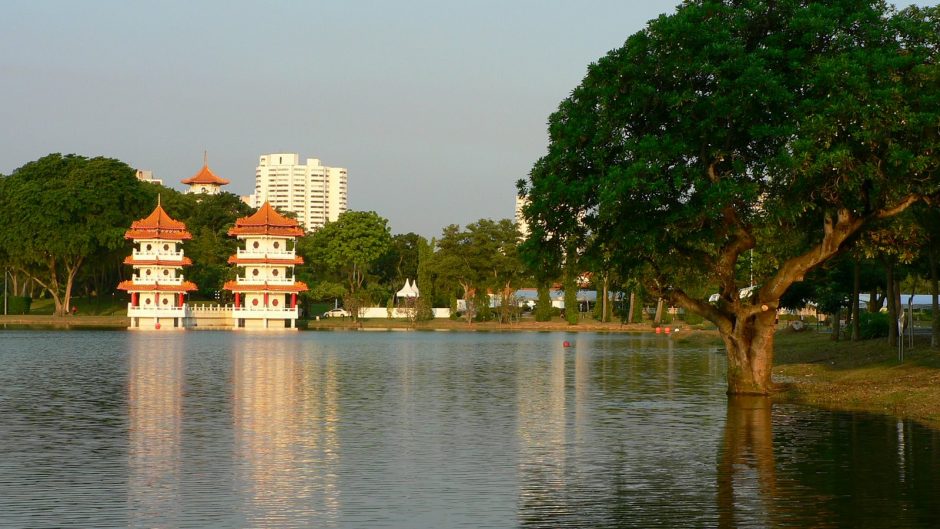URA Master Plan: What to look out for in developer launches

The Singapore miracle can be partly attributed to how the authorities have made efficient use of our land.
However, few know that information on land planning is publicly available, and this knowledge gives a huge advantage to investors who knows how to apply it properly.
In this article, we will show you how to use public information to learn what will be built in a particular location, so that you can make an informed decision on where to invest in the developer launches.
URA is the government authority in charge of Singapore’s long-term land planning, and there are many parts to this mission. The most important piece of information that you need to know about today is the Master Plan 2019 released by the URA.
The Master Plan shows you exactly what every individual plot of land in Singapore will be used for, not what currently exists on the land. This is why it is crucial to read it, and interpret the potential of any plot of land.
The first thing that hits you are all the colours. Don’t panic, there is a legend that you can refer to. The beige colour you see mostly on the map are your residential areas, which take up a major proportion of our land use.
This is where things get interesting: You can now search for any address and look at what the land is zoned for, as well as the surrounding areas.
Let’s work with an example, AMO Residence, the first condominium launched in over eight years near Mayflower MRT, which we covered in our showflat review.

The first question you probably have is, what do all the numbers in the plot mean? What does 2.5 mean for the AMO Residence development? This is the plot ratio, which is defined as the ratio of the gross floor area of a building(s) to its site area.
[[nid:583128]]
We won’t go into detail about this here, but we’ve covered it extensively in this article.
Remember that this shows what’s planned for each plot of land, and not the current state of the land. AMO Residence is not built yet, and no building exists there.
The plan simply states that this plot will be used for residential purposes. Nobody is allowed to build an office or hotel building at the site.
AMO Residence is mostly surrounded by other residential developments, and a few utility plots as seen by the grey colours with a “U” inside. Along Ang Mo Kio Avenue you have a place of worship, which is marked by red with a “W” inside.
Across the road is Bishan-Ang Mo Kio Park, marked out by the green area.
Looking at the empty plot of land at the junction of Ang Mo Kio Avenue 8 and Ang Mo Kio Avenue 3 may prompt people might ask, “How do you know the government will not sell that land to developers and build a new condominium?”

While the government may sell that piece of land to a developer, we know for sure that a commercial building will be built there, and not a condominium.
The area with the dark blue background and white number shows that it’s already allotted for commercial use.
The Master Plan is updated and reviewed every few years, and there are usually no sweeping changes.
Big strategic pushes like the Jurong Lake District will translate to planning in the Master Plan, and we expect the next version to be out only around 2024.
In other words, the information in the Master Plan is relatively stable and reliable over time.

This is why we love the Master Plan: It tells us what we need to know to make an informed decision when it comes to developer launches. We recommend you to learn about the Master Plan if you are looking to buy a property.
This article covers only a very small part of what the Master Plan shows, so go explore it further, the URA has done a great job making this publicly available for everyone.
Buying a property is a major event is your life, so it pays to learn the tools at your disposal.